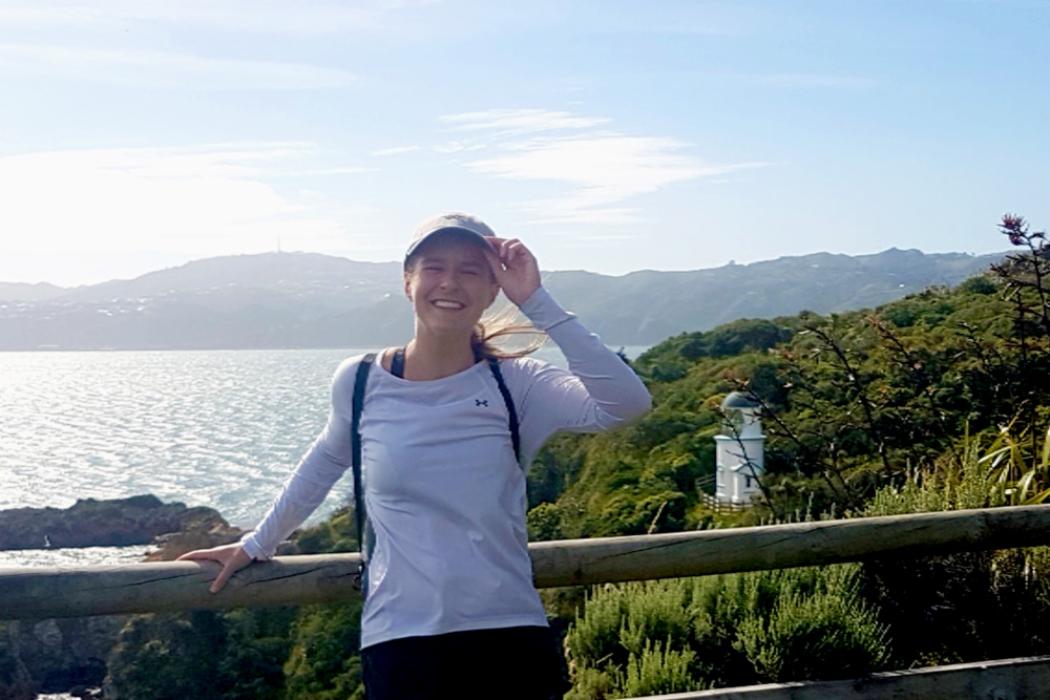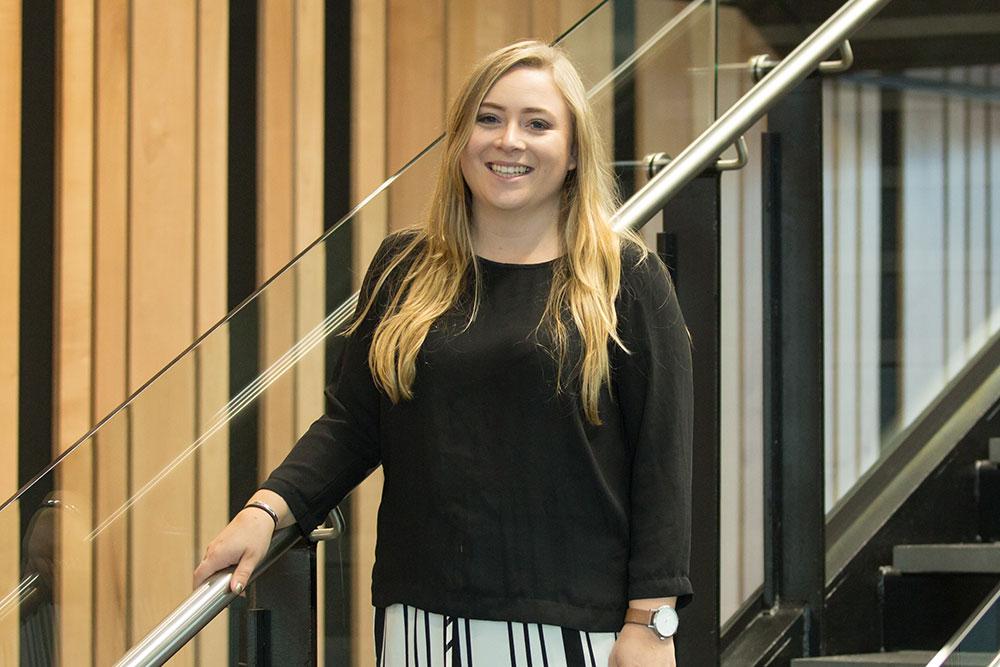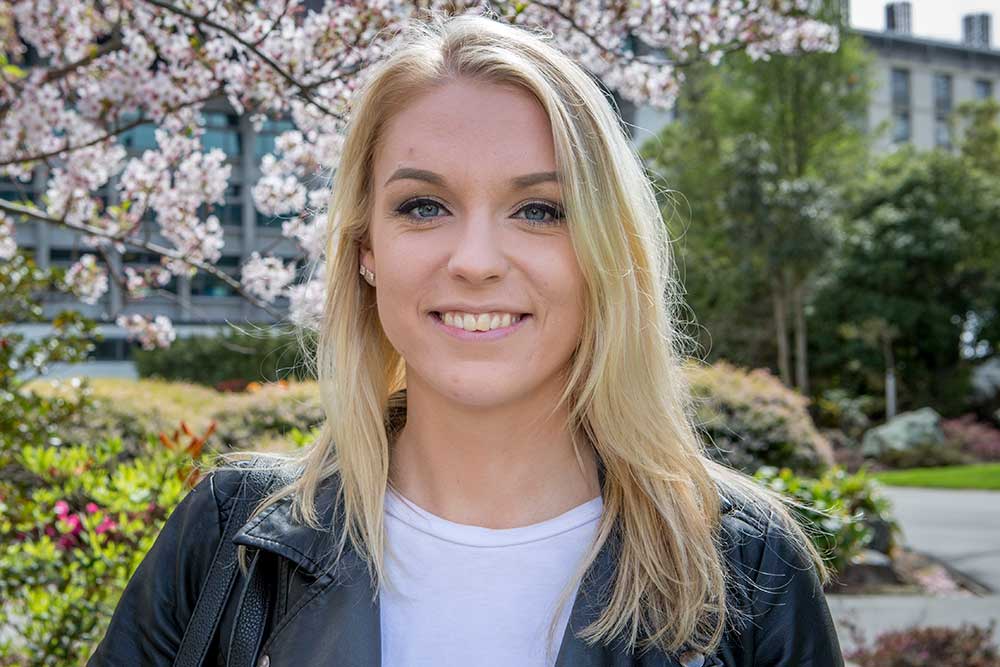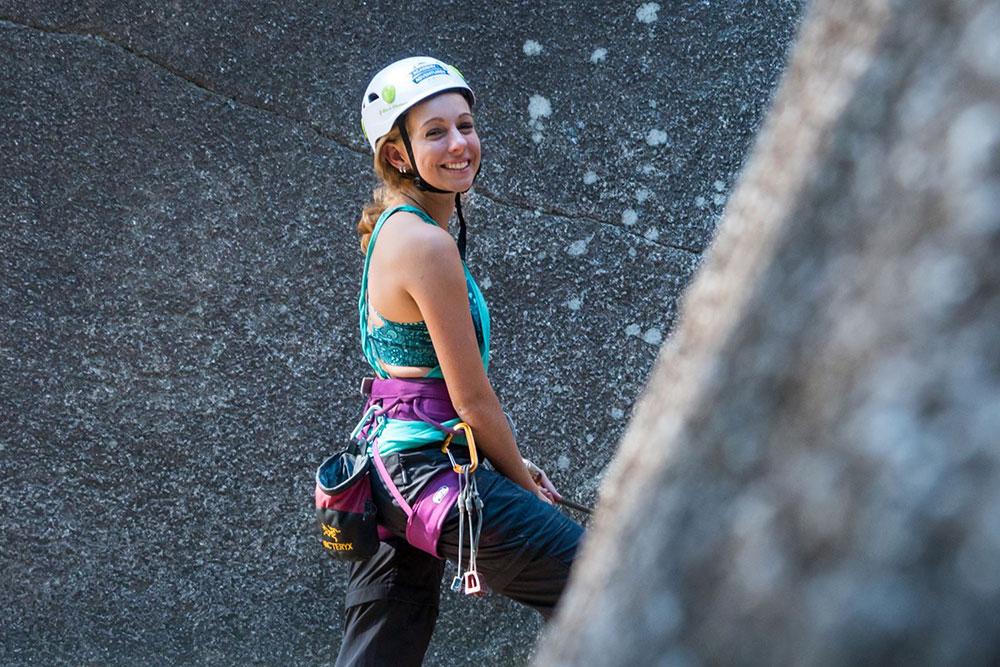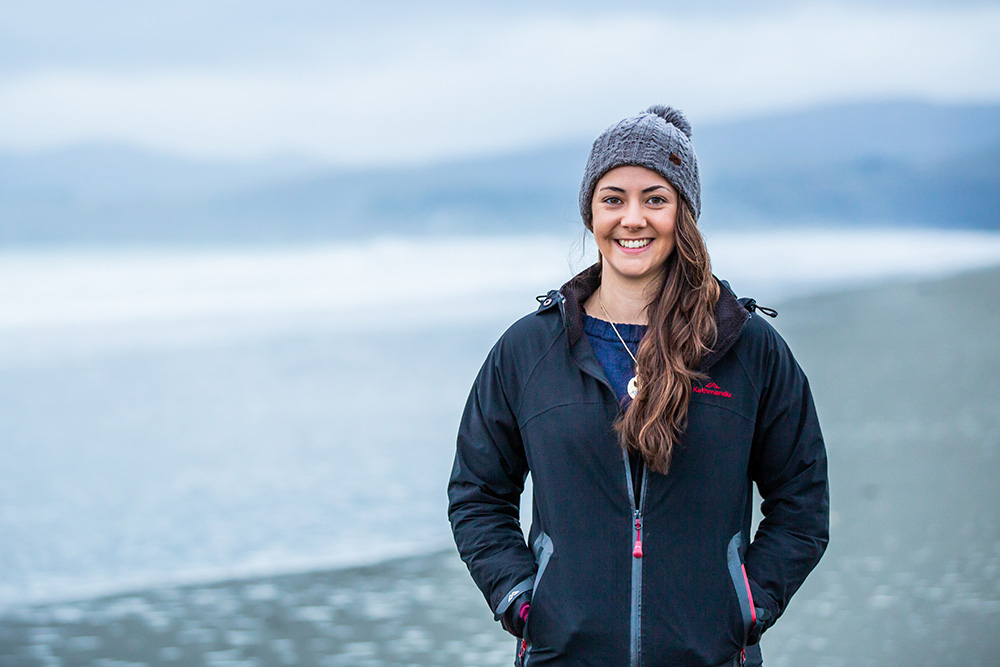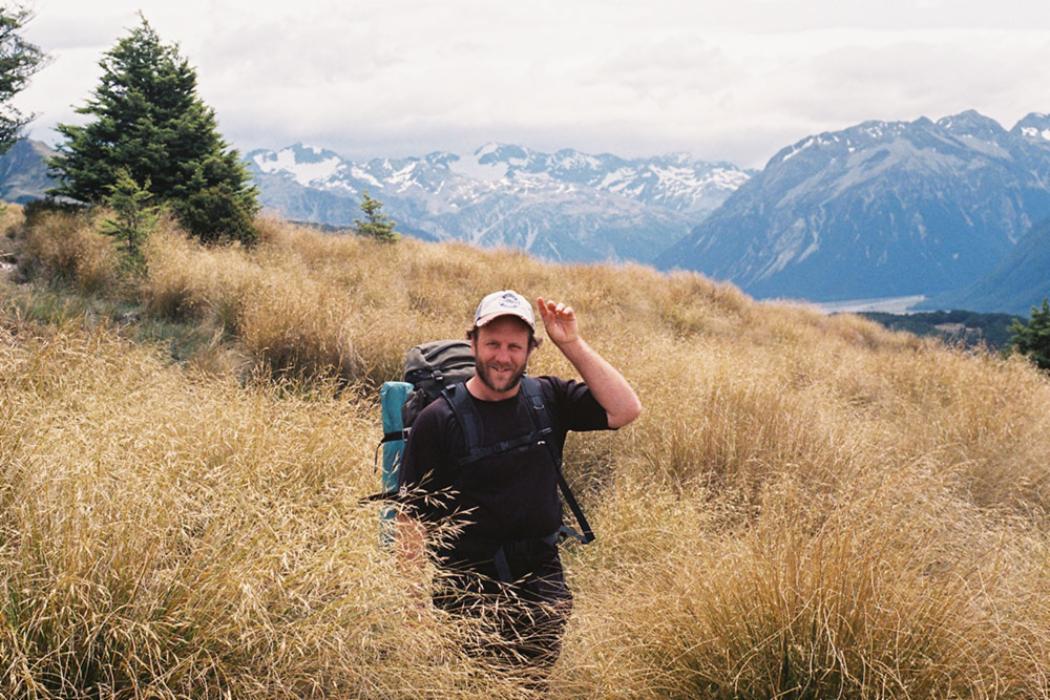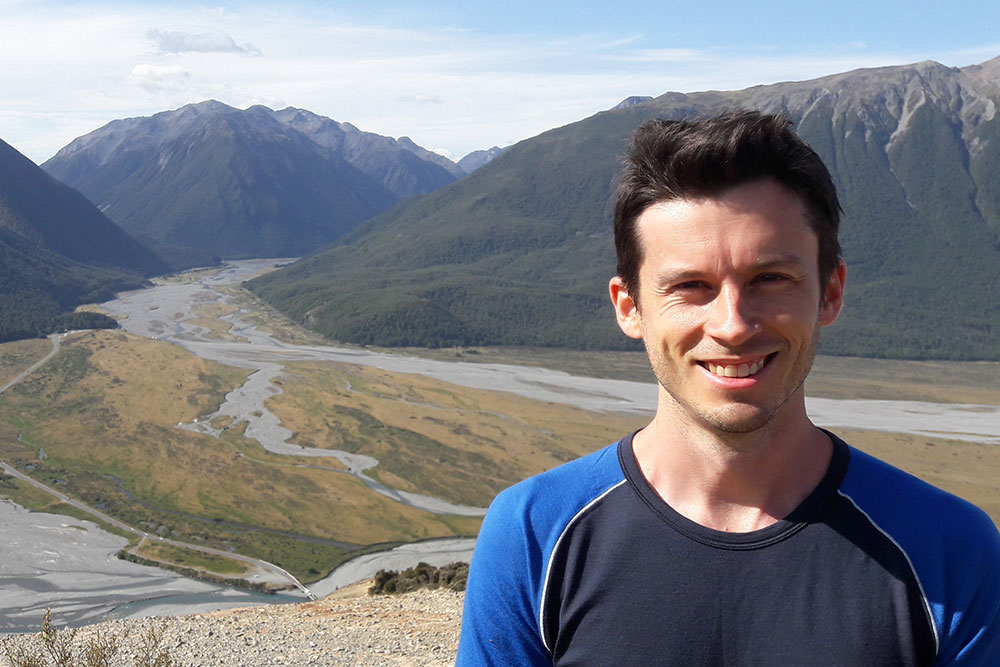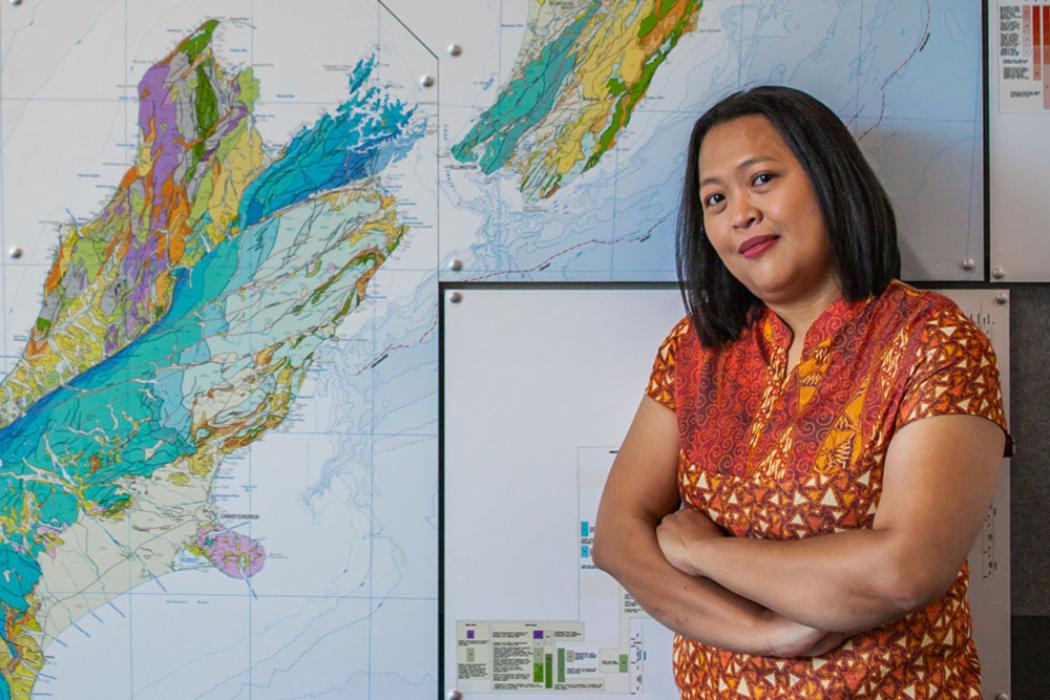Master of Disaster Risk and Resilience
Studying towards a Master of Engineering in Earthquake Engineering
Following studies and work in architectural engineering, Caleb was inspired at the prospect of "saving the world" with more significant and creative structural solutions to reduce natural disaster risk.
Coming over from California, USA gave Caleb the opportunity to study disaster engineering at a university centred within earthquake response research and innovation.
"From a modern city given a unique chance to redevelop itself in the wake of an earthquake, to the communal human memory of the events, it makes Christchurch an infinitely interesting case study to live and learn in," he says.
"UC also happens to be a world-class institution, conveniently staffed by faculty with first-hand knowledge and experience in these events. I don’t think this combination of setting and the critical mass of experience could have been achieved anywhere else in the world."
Caleb began his journey at UC with Disaster Risk and Resilience studies, which taught him more about both the social and physical impacts following a natural disaster.
"The programme itself, beyond being educational, is just cool. Where else do you get to talk about big, “exciting” events like volcanoes and floods and earthquakes on a regular basis? The student body is also an interesting and exciting mix of Kiwis and international students, making for a stimulating exchange of culture and ideas even outside the classroom," he says.
"This field can take a vast range of backgrounds and have them speak a similar language, all for humanity’s benefit. The programme gets social scientists to think about physical science, and (perhaps more importantly) vice versa, both in an approachable, non-intimidating way. Besides, talk about job security!"
The programme involved a variety of field trips around the South Island, including tours around Canterbury and the West Coast, to view first-hand, real-world examples of how different communities are affected by natural disasters.
"The last field trip was in conjunction with the Professional Master of Engineering Geology (PMEG) students and focused around the South Island’s hydroelectric dam power scheme, culminating in an actual disaster simulation. Students were assigned roles of realistic stakeholders and relevant organisations that would be involved in an event, giving students an idea of what to expect as they continue in this field. It was extremely beneficial and one of the highlights of the entire programme."
Also taking part in the UC chapter of Te Hiranga Rū QuakeCoRE, Aotearoa New Zealand’s Centre for Earthquake Resilience, has given him an added connection to the local industry.
He is currently applying his experiences into a master’s degree in Earthquake Engineering, combining his newfound passion for hazard risk reduction with structural engineering.
Caleb has also been able to take on unique opportunities outside of lectures through UC’s famous clubs culture. Meeting other postgrad students through the Postgraduate Students’ Association, and going on excursions with the UC Wine Club and UC Climbing Club, have been especially amazing experiences that ‘each embody New Zealand’s South Island’.
New Zealand itself has also been a massive bonus to Caleb’s journey across the globe.
"New Zealand is practically one big, picturesque postcard, so I get out and travel as much as I can. Closer to home, you can find practically any outdoorsy activity within reach of Christchurch, including skiing, climbing, surfing, swimming, hiking, or just nice areas to walk.
"As the South Island’s biggest city, there is also a sense that “anything that happens on the South Island happens in Christchurch”. As a result, there is a large population here interested in finding things to do in the city."


